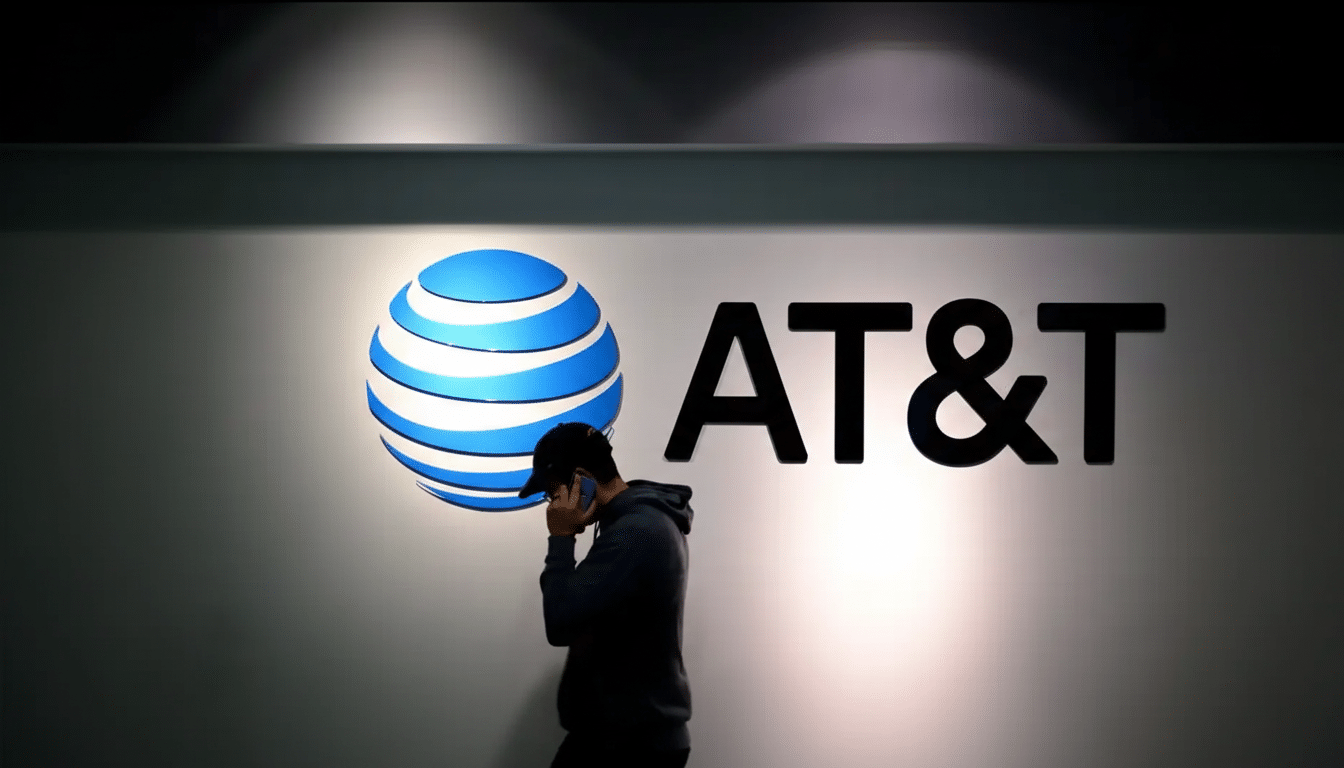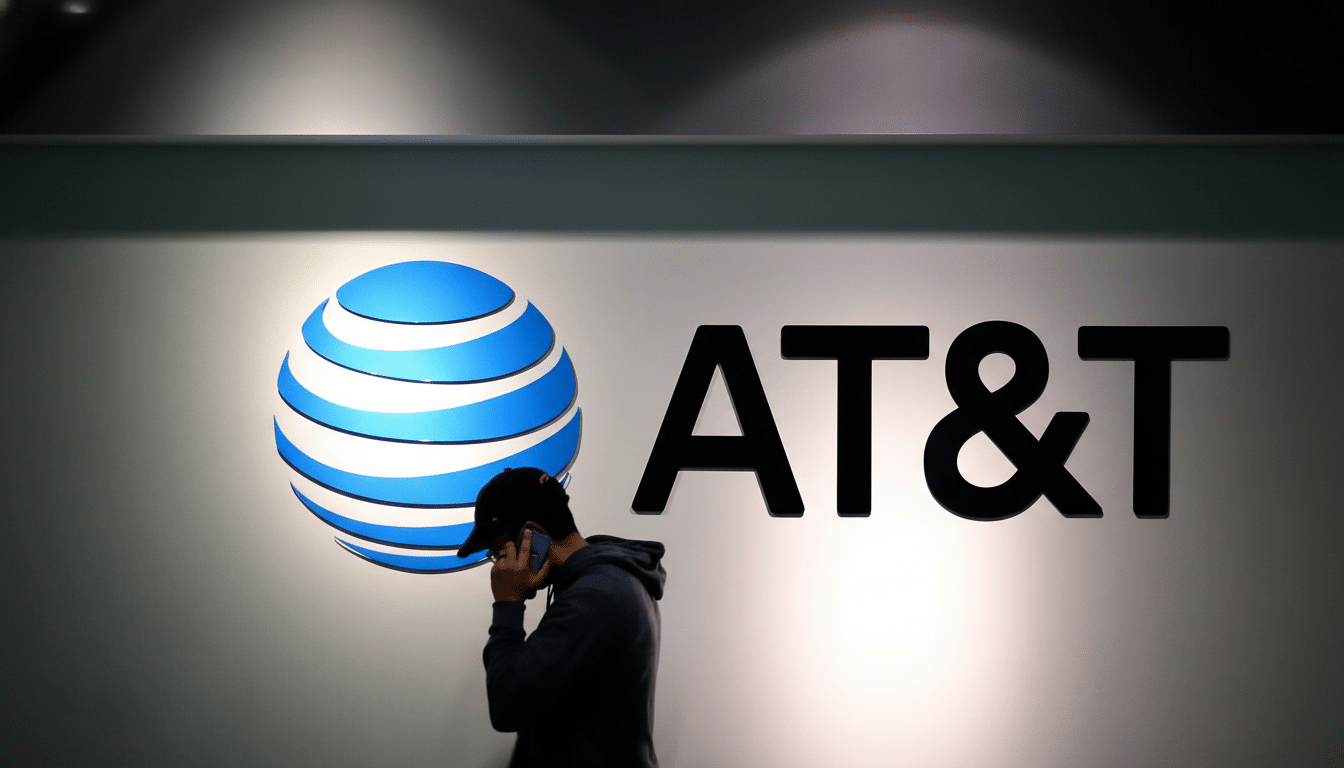AT&T has activated new leased EchoStar spectrum to speed up its 5G network, saying mobile users (via Laptop Mag) and fixed-wireless Internet Air customers will see tangible improvements in speed and capacity. Already deploying the 3.45GHz frequencies across nearly 23,000 sites in 48 states, about another third of Americans will see even better, if not already: up to 80% faster smartphone performance and up to 55% faster home broadband speeds. Sandler says more headroom lets busy cells handle more traffic during peak hours.
What AT&T Switched On with the New EchoStar Spectrum
The EchoStar spectrum package includes about 30MHz of mid-band airwaves near 3.45GHz that would add to AT&T’s existing C-band holdings, which the carrier can bunch together for fatter pipes or greater throughput. AT&T’s acquisition also included some 20MHz of low-band 600MHz, better for broad coverage and in-building reach; the company has not detailed its deployment plan for that layer.
- What AT&T Switched On with the New EchoStar Spectrum
- Why the 3.45GHz Mid-Band Spectrum Addition Matters
- Early Gains for Mobile and Home Internet Users from 3.45GHz
- Competitive and Regulatory Context for AT&T’s 3.45GHz Move
- What It Means for Devices, Compatibility, and Coverage
- The Road Ahead for AT&T’s Expanded Mid-Band 5G Rollout

AT&T said the 3.45GHz band was added in a few weeks’ time, a quick deployment that showcases how much mid-band 5G has grown up since those first C-band sites went on air. The company will roll out the service in dense urban areas, commuter corridors, and high-traffic locations initially, where more spectrum quickly relieves network congestion.
Why the 3.45GHz Mid-Band Spectrum Addition Matters
Mid-band spectrum is modern 5G’s workhorse in that it marries large capacity with usability. In 3GPP parlance, AT&T’s new airwaves fall within the n77 band and are well-paired with C-band for carrier aggregation. That permits compatible phones and home gateways to grab data from several lanes at once, increasing speeds and ensuring more even performance under load.
Unlike CBRS, the 3.45GHz band does not operate under a shared-access framework, but carriers will work with DoD users in limited protection areas per NTIA guidance. Even with those carve-outs, the extra spectrum is broadly deployable and especially useful in suburban and urban markets, where demand for data exceeds what low-band frequencies can provide.
Early Gains for Mobile and Home Internet Users from 3.45GHz
AT&T’s headline claims are on par with the kind of mid-band uplift we’ve come to know: more spectrum means less per-cell congestion and better possibility of keeping higher-order modulation types, such as 256-QAM or even 1024-QAM. That means faster app downloads, high-resolution video streaming, and more reliable hotspot performance. First responders on FirstNet, meanwhile, get extra capacity to keep their service reliable in emergencies and during large events.
On the home front, Internet Air gains as 3.45GHz complements C-band, increasing the number of fixed-wireless homes that can be served without compromising reliability. Rivals have demonstrated the potential: independent reports from Opensignal and Ookla have highlighted how mid-band-powered FWA has siphoned millions of subscribers away from cable houses across the US. AT&T’s move shortens a timing gap with rivals that trotted out FWA earlier and widens where the company can confidently sell home 5G.

Competitive and Regulatory Context for AT&T’s 3.45GHz Move
AT&T has been building its own lane with 3.45GHz. Verizon’s emphasis has been on C-band and mmWave, while T-Mobile’s nationwide weapon is 2.5GHz. By shoring up its mid-band stockpiles now, AT&T closes the capacity chasm in dense markets and establishes headroom for spectrum-addicted apps and enterprise use cases.
The decision comes as EchoStar has strategically retrenched. The operator’s retail arm Boost Mobile did make tangible strides on an Open RAN 5G build that achieved crucial FCC milestones, but continued financial challenges forced asset monetization. FCC filings and public comments from commissioners have highlighted underutilized licenses throughout the industry, pushing spectrum reshuffling further along. In a separate transaction, SpaceX acquired more EchoStar spectrum as it ramps up its Starlink cellular aspirations, an indication of the wider trend toward networks rolling out at scale.
What It Means for Devices, Compatibility, and Coverage
For the biggest delta in performance, customers will need a recent 5G modem—like a Qualcomm X70 or later (or comparably advanced silicon)—that supports advanced aggregation across n77/C-band and 3.45GHz. Apple, Samsung, and Google’s recent flagships are generally eligible; older 5G phones may connect but won’t be able to take full advantage of the extra lanes. AT&T says Alaska and Hawaii aren’t quite in the early activation mix.
Real-world results will depend on location. Don’t be shocked if the greatest gains come in the areas where cells were once most stretched—stadiums on game days, downtowns at rush hour, and evening peaks in fast-expanding suburbs. The propagation characteristics of mid-band spectrum are stronger than mmWave’s, so it can cover neighborhoods with fewer sites, and massive MIMO further sharpens signal quality at the cell edge.
The Road Ahead for AT&T’s Expanded Mid-Band 5G Rollout
AT&T’s expedited activation of EchoStar spectrum is a pragmatic move: instantaneous capacity relief today, with plenty of room to ramp up fixed-wireless and enterprise services tomorrow. The company says this additional mid-band “runway” will enable expanded availability of Internet Air for consumers and businesses, in line with industry trends reported by CTIA and analyst firms covering 5G traffic growth.
As the carrier rolls out 3.45GHz more thoroughly, putting in extra carrier aggregation, building up standalone 5G cores, and extending its 600MHz layer to where it’s most helpful, subscribers should see steadier performance and higher peak speeds without changing plans. For a market based on spectrum depth and smart deployment, this is an immediate, tangible upgrade to AT&T’s 5G foundation.

